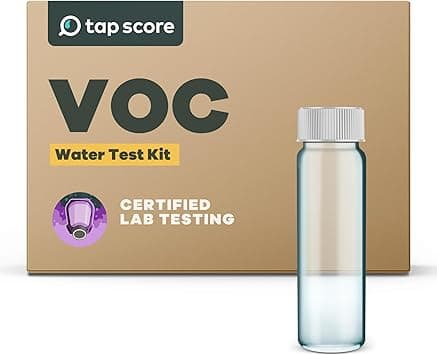1,2,4 Trichlorobenzene
Most common of three trichlorobenzenes (TCBs) that have been used as industrial solvents and chemical intermediates. 1,2,4-TCB is used in large quantities to dissolve materials (oils, waxes, resins, greases, and rubber) as well as in the production of dyes and textiles. It is readily volatile, thus all routes of exposure (ingestion, inhalation and dermal) are relevant if one is exposed via drinking water. TCBs evaporate easily from surface water and bind tightly to soils and suspended material; they have, nonetheless, been detected in surface water, groundwater, and finished drinking water.
EPA MCLG Level
70 ppb
Maximum level that poses minimal health risk based on the latest science
Health Effects
Drinking water standards for 1,2,4-TCB are based on potential toxicity to the adrenal glands. Additional health protective benchmarks have been developed based on potential effects to the liver and kidney, and the blood and endocrine systems.
Affected Organs & Systems:
Common Sources
- Not naturally occurring, so its detection in the environment and source water is the result of human activity
- May enter the environment and drinking water sources from industrial sites where it is produced or used
- May be detected at elevated levels near hazardous waste sites
How to Remove It
Water filters certified under the following NSF standards are effective at removing 1,2,4 Trichlorobenzene:
EPA MCLG Level
The EPA MCLG represents the maximum level that poses minimal health risk based on the latest scientific research. It's often more protective than federal legal limits.
Contaminant Type
1,2,4 Trichlorobenzene is classified as a VOCs contaminant.
This contaminant primarily affects the adrenal, kidneys, and other systems.
Check Your Water
Find out if 1,2,4 Trichlorobenzene is in your tap water.
Search Your CityTest Your Water for This Contaminant
Public water reports may not test frequently enough or at your specific tap. Professional home testing provides current, location-specific results.

SimpleLab
Standard Home Water Test
$232
Comprehensive water analysis testing over 200 contaminants including bacteria, heavy metals, and chemical compounds.

SimpleLab
Advanced Home Water Test
$369
Most comprehensive home water test including all standard tests plus additional parameters for ultimate peace of mind.

Tap Score
Volatile Organic Compounds (VOC) Test
$139
Detects volatile organic compounds including industrial solvents, fuels, and chemical contaminants.